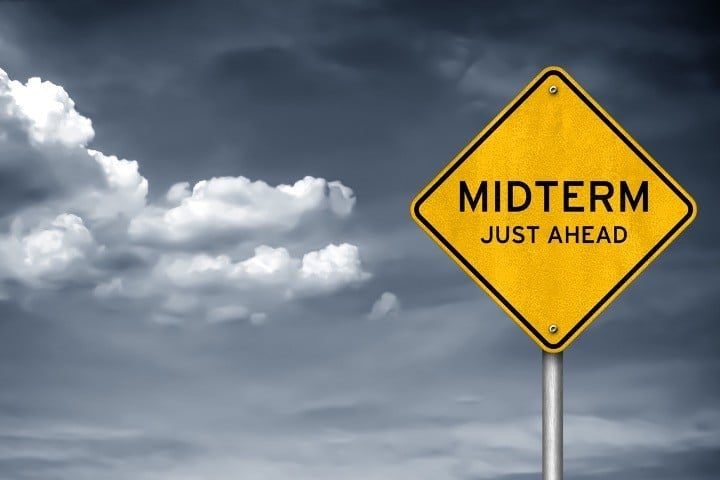
When Tim Swarens, the deputy opinion editor for USA Today, gives it up and says “Democrats are failing across the board. All signs point to a red wave on Election Day,” it’s time to examine the evidence.
He cites seven reasons behind the wave expected less than three weeks from now:
- History: the party in power loses ground in the midterms
- The current resident of the White House is notoriously unpopular
- Inflation is high and likely to remain so
- Rising interest rates are killing the housing market and will likely cause a recession
- Crime is increasing, especially in Democrat-controlled cities
- Economic issues are more important to voters than abortion
- Pollsters show Republicans leading in most key races, and they may in fact be undercounting Republican voters
There are numerous other indicators, all of which signal the coming red wave. For instance, big-name Democrats are coming to the rescue of Democratic contenders. Former President Obama is conducting a whirlwind tour of Nevada, Georgia, Michigan, and Wisconsin in an attempt to shore up Democrats who are fighting the wave.
Socialist Bernie Sanders, who just turned 81, has been called on to perform resuscitation in Oregon, California, Nevada, Texas, Florida, Wisconsin, Michigan, and Pennsylvania. His plan is to make 19 stops in the next two weeks, promoting the socialism that is bringing America to its knees.
Understandably, some of those Democratic candidates aren’t appreciative. Matt Bennett, co-founder of Third Way, a progressive leftist group, noted that “the Mandela Barnes [who is running against Republican Senate incumbent Ron Johnson in Wisconsin] campaign is planning to bring in Sen. Bernie Sanders. I desperately want Barnes to win, so I ask again of his campaign: Why would you do this? Why????”
Online betting site PredictIt shows that bettors (real people with real money making real financial bets) are moving away from Democrats and toward Republicans running for the U.S. Senate. PredictIt uses a “continuous double auction” to sell shares for each race. For every person who makes a bet on one side, there must be a taker of that bet on the other side.
In the race “Which party will control the Senate after 2022 election?,” Republicans are buying shares at $.62 while Democrats are buying the other side of the bet at just $.41.
For the House, the race isn’t even close: Republicans are buying the meme that their party will control the House after the midterms, paying $.86 compared to Democrats taking the other side, who are paying just $.17 per share.
Traditional pollster Trafalgar Group found that, in a generic race for Congress, Republicans lead Democrats by more than five percentage points, while Rasmussen shows a seven-point advantage for Republicans.
Poll aggregator RealClearPolitics predicts that Republicans are set to gain at least two seats in the U.S. Senate, two governorships will flip Republican, and, at present, Republicans will gain at least 16 seats in the House, with 38 seats still undecided.
The real question remains, though: What will those Republicans do after their coming takeover? Will they hew to their oaths of office? Or will they, as Salon writer Heather Digby “Digs” Parton put it, squander their advantage by doing “almost nothing” except “investigate” and “impeach”?
Will they follow the lead of Marjorie Taylor Greene and Lauren Boebert (who enjoy The New American’s Freedom Index ratings of 97 and 93, respectively), or will they continue to follow the lead of the likes of Kevin McCarthy, who sports a paltry FI rating of just 60 out of 100 in his voting following the Constitution?



